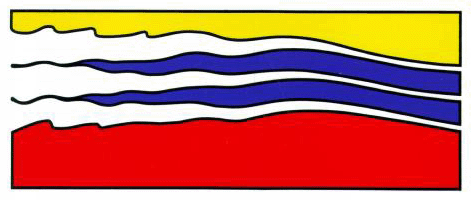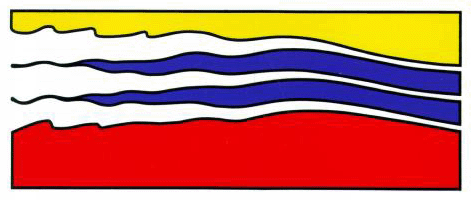
4111 Monarch Way, 3rd Floor
Old Dominion University
Norfolk, VA 23508
757-683-4940


CTD recorders attached to crabeater and elephant seals along
the western Antartic Peninsula (wAP) during 2006-2008 provided vertical
profiles of temperature and salinity with extensive coverage over the
continental shelf and along the shelf slope. The individual profiles,
obtained when the seals dive, ranged from 100 m to more than 1000 m and
covered late summer through winter. These data allow assessment of the
interannual variability in oceanographic conditions over a broad area of
the wAP shelf. The seal-derived vertical profiles were analyzed by
averaging in 1° latitude and longitude cells at monthly and annual
intervals. Most cells on the wAP shelf had 10 to more than 50 dives
below 150 m for each year. The averaged distributions produced from
these data indicate the extent of onshore intrusions of warm CDW as well
as the locations where the intrusions occur. In each year, intrusions
occurred at persistent sites off Anvers, Adelaide and Alexander
Islands. The seal-derived observations were also averaged over larger
areas (250 x 250 km) at weekly intervals to identify conditions at the
surface due to atmospheric exchange. Heat budget calculations show
different conditions in each year due to differences in atmospheric
conditions and sea ice cover. Additional studies average dives along
the shelf break to capture the structure and variability of flow along
the wAP shelf. These results demonstrate the utility of data collected
by marine mammals to investigate oceanographic processes in areas that
are not well sampled by other methods.
Dr. Klinck received B.S. and M.S. degrees in Physics from Clemson University and the University of North Carolina, respectively, and a Ph.D. in Marine Sciences and Engineering from North Carolina State University. He joined the faculty at Old Dominion University in 1989 and is currently the director of the Center for Coastal Physical Oceanography. His research interests extend from modeling marine diseases to modeling the circulation dynamics of the Antarctic Circumpolar Current and coastal regions of Antarctica.

|
Innovation Research Park Building I 4111 Monarch Way, 3rd Floor Old Dominion University Norfolk, VA 23508 757-683-4940 |

|